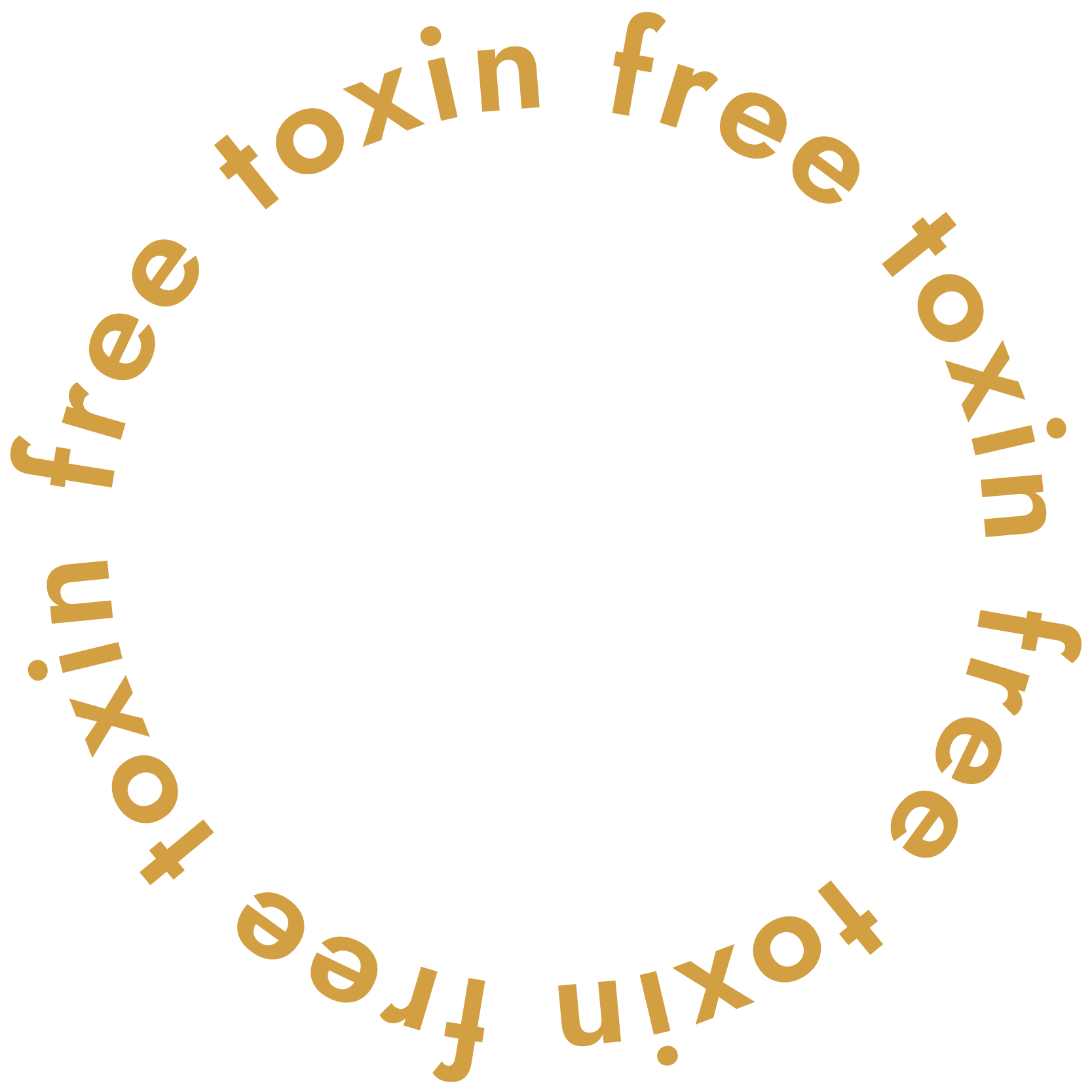Apple Podcasts | Spotify
Your “all mineral” sunscreen might be lying to you, and the loophole manufacturers use is completely legal.
In this short but crucial episode, I’m exposing a sneaky mineral sunscreen ingredient called isobutyl octocrylene salicylate that’s being slipped into these sunscreens. Still, these products are still allowed to market themselves as “all mineral!” This chemical UV filter doesn’t have to be listed in the active ingredients section, so it’s hiding in plain sight in the inactive ingredients list, and most people have no idea it’s there.
The truth is, if you’ve been diligently checking only the active ingredients section like I’ve taught you before, you’re missing this toxic ingredient that’s basically the same as octinoxate, which is already on my avoid list for being an endocrine disruptor. Now, you need to check both the active AND inactive ingredients sections to make sure you’re getting truly clean sun protection.
In today’s episode, we’re chatting about:
- Why isobutyl octocrylene salicylate is just octinoxate in disguise
- How manufacturers are convincing brands to use this sneaky ingredient
- Why checking only active ingredients isn’t enough anymore
- Which popular “clean” sunscreens are now using this chemical
- My updated 2025 sunscreen guide with truly clean options
Mineral Sunscreens Over Chemical Sunscreens
If you’re already living more of a toxin-free life, one of the things you’ve probably already switched out in your life is chemical UV sunscreens. You’ve probably heard that these are endocrine disruptors.
They get absorbed into your bloodstream quickly and are also bad for our oceans and reefs. If you go to places like Key West or Hawaii, you’re not allowed to use them anyway.
I hope we’re all now using mineral sunscreens, which are physical blockers of UVA and UVB rays. They lay right on top of your skin, whether it’s zinc oxide or titanium dioxide. The rays bounce off the minerals on your skin, so they’re not being absorbed.
If you have my Top 25 Toxins to Avoid list, you have the whole list of the most toxic ingredients you want to avoid.
Active vs. Inactive Ingredients List
Manufacturers of a sneaky ingredient called isobutyl octocrylene salicylate are adding it as a mineral sunscreen ingredient, but it doesn’t have to be put in the active ingredients section.
When you’re shopping for sunscreens, the label has two sections: the top section lists active ingredients, and the bottom section shows inactive ingredients.
When I teach somebody how to read a sunscreen label, I usually recommend looking at the active ingredients because that’s where you’ll find chemical UV filters and avoid them. In the active mineral sunscreen ingredient section, you want to see zinc oxide or titanium dioxide non-nano.
I also want to mention that if you use a spray sunscreen, check if titanium dioxide is in it. When it sits on top of your skin in a mineral sunscreen, it’s fine, but you don’t want to inhale it. Maybe just avoid it in general (I do!).
The thing about isobutyl octocrylene salicylate is that it is allowed to be in the inactive section, but it is basically the same ingredient with the same structure and function as octinoxate.
This is where manufacturers start to play a role in how brands formulate things. Companies creating this ingredient and selling it to sunscreen companies say they can include it in the inactive section of a label, and it will boost your sun protection factor.
Why might companies want to do that? Mineral sunscreen has a lot of zinc oxide in it, and it’s chalky and not smooth. It’s harder to put on and formulate with. If a company can use less percentage of zinc oxide, add in isobutyl octocrylene salicylate, and still get that high SPF factor, they’ll do it. It makes the sunscreen smoother and creamier, and people love that.
Shopping for Mineral Sunscreen?
When you’re shopping for sunscreen, I want you to read both the inactive and active ingredient lists. To make your life easier, I have fully updated the Sun Care section of my Toxin Free Shopping Guide. I included some new favorites that I’ve personally vetted and removed some products that have recently changed their formulas.
If you learned something, I would so appreciate it if you would send this episode to a friend or tag me on Instagram. I love hearing from you guys!
FAQs About Mineral Sunscreens
Do dermatologists recommend mineral sunscreen?
Most do because mineral sunscreen is great for people with sensitive or acne-prone skin.
Are mineral sunscreen ingredients safer than chemical ones?
Yes, but as I talked about in this episode, you have to be careful about which mineral sunscreens you buy and use.
Do mineral sunscreen ingredients expire or degrade?
Yes, they become less effective over time. Check the expiration date of your sun care products. I recommend swapping your sun care at the beginning of spring!
Related Episodes:
Episode 16: The Truth About Sun Exposure and Sunscreen: Finding the Middle Ground
Episode 21: How to Heal a Sunburn Without the Toxic Green Slime


+ show Comments
- Hide Comments